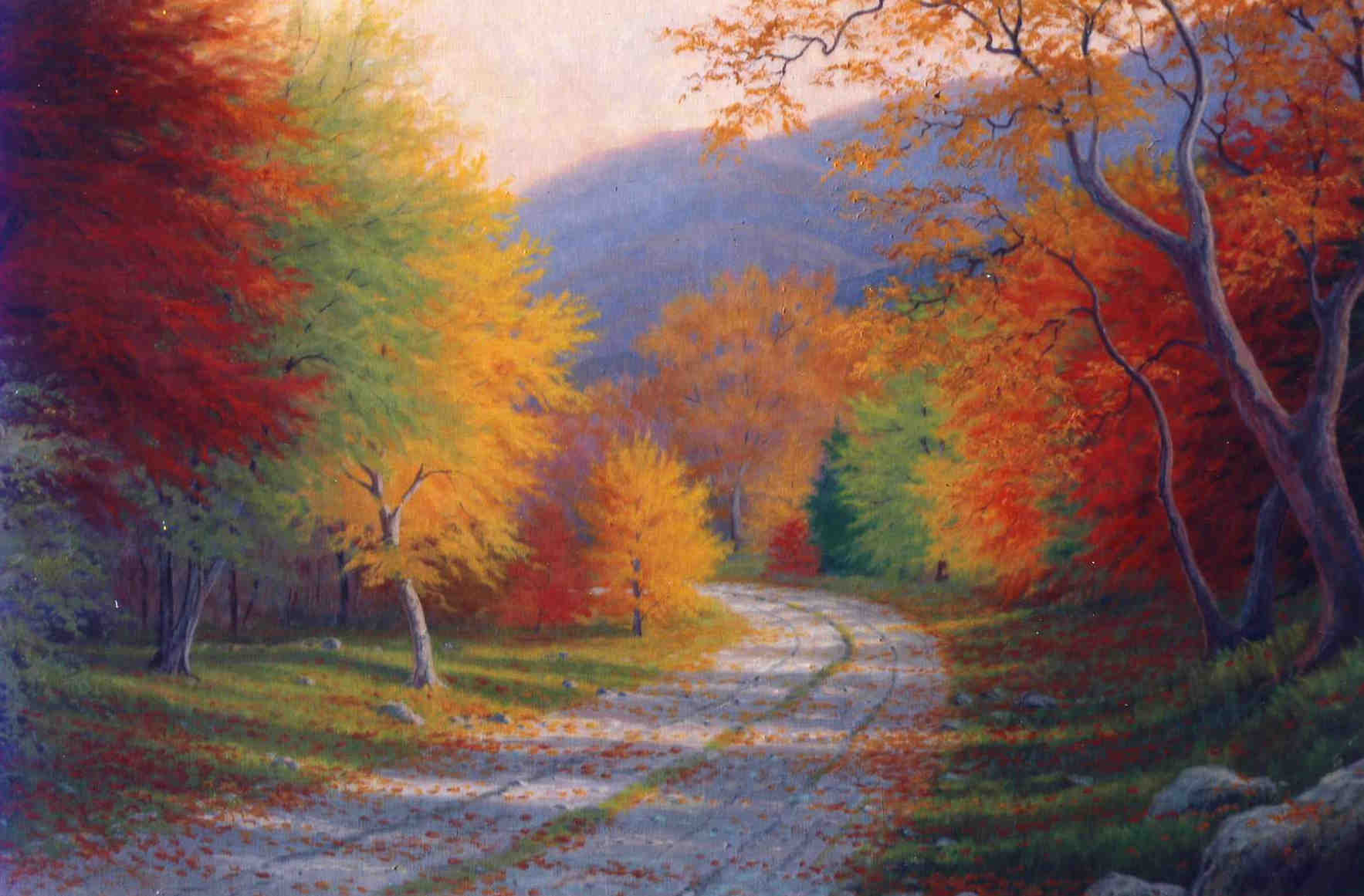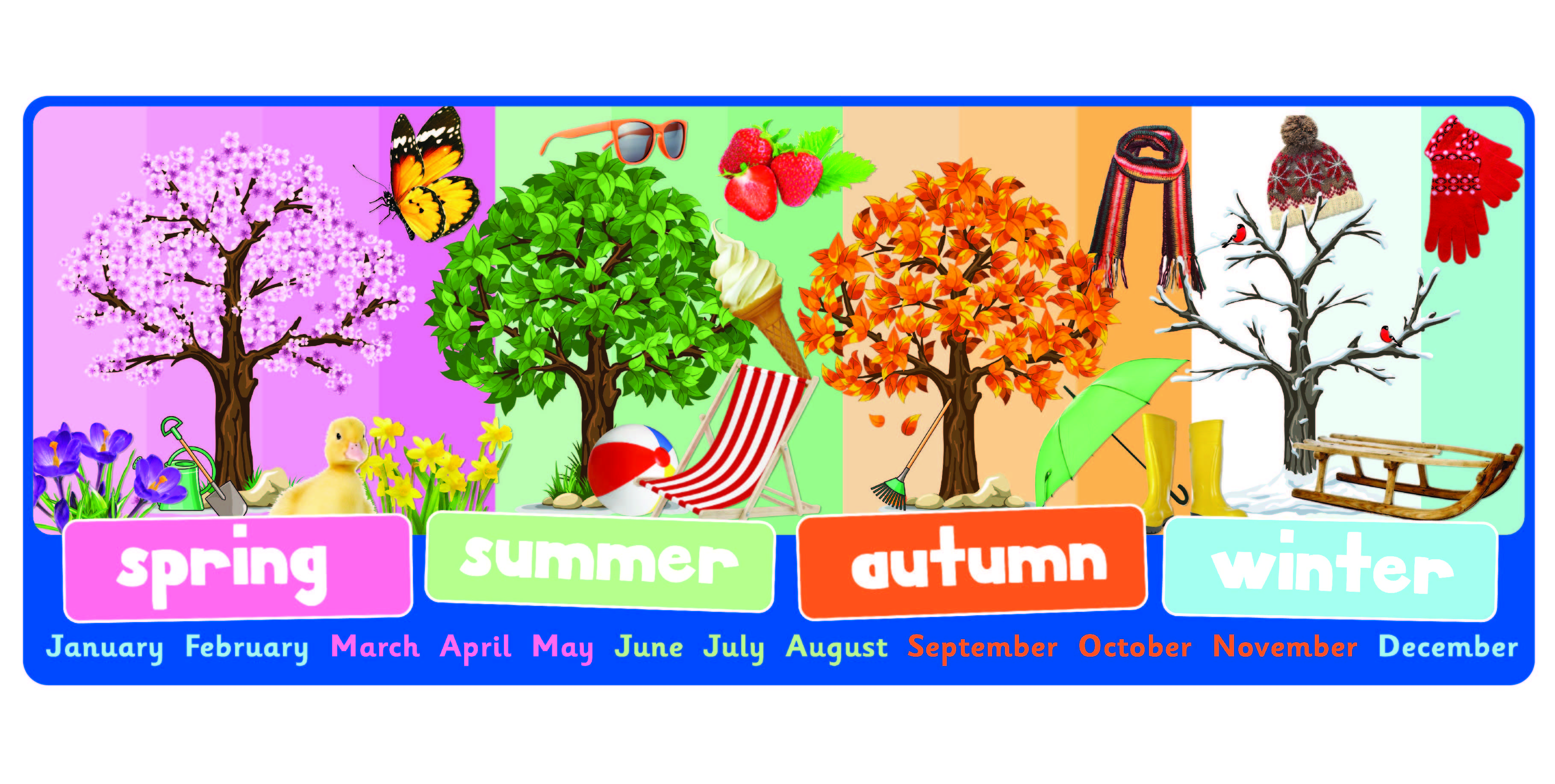Embarking on a journey through the change of season chapter 12, we delve into the fascinating interplay between nature’s rhythms and human responses. From the physical and biological shifts that mark seasonal transitions to the cultural and societal practices that celebrate them, this chapter unravels the intricate tapestry of our connection to the natural world.
As we traverse this chapter, we’ll explore how different species adapt to changing environmental conditions, the role of art and literature in reflecting the changing seasons, and the impact of technological advancements on human adaptation to seasonal changes.
Seasonal Transitions and Environmental Impact

The changing of seasons is a remarkable phenomenon that brings about a myriad of physical and biological transformations in the environment. These transitions are characterized by shifts in temperature, precipitation, and day length, which have profound impacts on flora, fauna, and ecosystems worldwide.
As seasons transition, the Earth’s ecosystems undergo a cascade of changes that affect the behavior and survival of organisms. These changes can be gradual or abrupt, depending on the geographic location and the specific season. In temperate regions, the transition from spring to summer is marked by a gradual increase in temperature and day length, leading to the emergence of new plant growth and the arrival of migratory birds. In contrast, the transition from summer to fall is characterized by a gradual decrease in temperature and day length, signaling the onset of senescence in plants and the departure of migratory birds.
As the season chapter 12 concludes, we’re eagerly awaiting the next chapter in this epic saga. While we wait, let’s take a moment to appreciate the breathtaking new fortnite chapter 2 season 8 map . Its vibrant landscapes, intricate details, and hidden secrets promise endless adventures.
As we prepare for the change of season chapter 12, let us remember the unforgettable journey we’ve shared and anticipate the thrilling possibilities that lie ahead.
Impact on Flora
Seasonal transitions have a significant impact on the growth and development of plants. In spring, the increase in temperature and day length triggers the germination of seeds and the emergence of new plant shoots. This surge in plant growth is driven by the availability of sunlight and warmth, which are essential for photosynthesis. As summer progresses, plants continue to grow and produce flowers and fruits. However, the extreme heat and drought conditions that often accompany summer can stress plants, leading to wilting, leaf drop, and reduced fruit production.
In autumn, the decreasing temperature and day length signal the onset of senescence in plants. This process involves the breakdown of chlorophyll, the green pigment responsible for photosynthesis. As a result, leaves change color from green to vibrant shades of red, orange, and yellow. Senescence is a natural process that allows plants to conserve energy and nutrients for the winter months.
Impact on Fauna
Seasonal transitions also have a profound impact on the behavior and survival of animals. In spring, the abundance of food and the arrival of mates trigger breeding and nesting activities in many species. Birds migrate to their breeding grounds, and mammals give birth to their young. As summer progresses, animals continue to feed and raise their young. However, the extreme heat and drought conditions that often accompany summer can stress animals, leading to dehydration, reduced feeding activity, and increased mortality.
In autumn, the decreasing temperature and day length signal the onset of migration and hibernation for many species. Birds migrate to warmer climates, and mammals prepare for winter by storing food and building nests. Some animals, such as bears and bats, enter a state of hibernation during the winter months, when food is scarce and temperatures are low.
Ecosystem Impacts
Seasonal transitions also have significant impacts on ecosystems as a whole. In spring, the increase in plant growth and the arrival of migratory birds contribute to a surge in biodiversity. This increased biodiversity supports a complex web of interactions between species, including predator-prey relationships, pollination, and seed dispersal. As summer progresses, the extreme heat and drought conditions that often accompany summer can stress ecosystems, leading to reduced productivity, increased wildfires, and changes in species composition.
In autumn, the decreasing temperature and day length signal the onset of senescence in plants and the departure of migratory birds. This reduction in biodiversity can have a ripple effect on ecosystems, affecting food chains and nutrient cycling. However, the fall season also provides an opportunity for ecosystems to replenish their resources and prepare for the winter months.
Cultural and Societal Responses to Seasonal Change

Throughout history, diverse cultures and societies have developed unique ways to acknowledge and respond to the changing seasons. These responses often manifest in festivals, rituals, traditions, and artistic expressions.
Festivals and Rituals
Seasonal festivals and rituals serve as communal gatherings to celebrate and honor the transitions between seasons. For instance, the ancient Celtic festival of Samhain marked the end of summer and the beginning of winter, while the Chinese Lunar New Year celebrates the start of spring.
Traditions and Customs
Many cultures have established traditions and customs associated with seasonal changes. These practices may include specific foods, clothing, or activities. For example, in some regions, it is customary to consume hearty soups and stews during the winter months, while lighter salads and fruits are preferred in the summer.
Art, Literature, and Music
The changing seasons have also been a source of inspiration for artists, writers, and musicians. Paintings, poems, and musical compositions often capture the unique beauty and emotions associated with each season. For instance, the works of Vincent van Gogh vividly depict the vibrant colors of autumn, while the music of Antonio Vivaldi evokes the serenity of winter.
The Change of Season Chapter 12 follows the lives of the characters as they navigate the changing seasons. But if you’re looking for a different kind of adventure, check out the chapter 1091 spoilers one piece for an exciting pirate adventure.
As we return to The Change of Season Chapter 12, we’ll find our characters facing new challenges and making difficult decisions.
Technological Advancements and Seasonal Adaptation: The Change Of Season Chapter 12

Throughout history, technological advancements have significantly influenced human adaptation to seasonal changes. From the invention of the first heating systems to the development of sophisticated weather forecasting tools, technology has played a pivotal role in mitigating the impact of seasonal extremes and enhancing our ability to thrive in diverse climatic conditions.
The Change of Season Chapter 12 takes a compelling turn, leading readers to eagerly anticipate the upcoming chapters. In a captivating twist, the narrative seamlessly transitions to The Novels Extra Chapter 69 , where the intricacies of the plot deepen, leaving readers on the edge of their seats.
Returning to The Change of Season Chapter 12, the suspense and intrigue continue to build, promising an unforgettable literary experience.
One of the most significant technological advancements in seasonal adaptation is the development of heating and cooling systems. During cold seasons, these systems provide warmth and comfort indoors, allowing people to maintain a stable and habitable environment regardless of the outdoor temperature. Conversely, in hot seasons, air conditioning units help regulate indoor temperatures, providing relief from the oppressive heat and humidity.
Weather Forecasting
Accurate weather forecasting is crucial for seasonal adaptation, as it enables individuals and communities to anticipate and prepare for upcoming weather events. Advancements in weather forecasting technology, such as numerical weather prediction models and satellite imagery, have greatly improved the accuracy and lead time of weather forecasts. This information allows people to make informed decisions about their activities, travel plans, and safety measures, reducing the risks associated with severe weather conditions.
Transportation
Transportation systems have also undergone significant advancements that enhance seasonal adaptation. The development of reliable and efficient public transportation networks reduces the need for individual car ownership, which in turn mitigates traffic congestion and pollution. During extreme weather events, public transportation can provide a safe and accessible means of transportation for essential workers and individuals who do not have access to private vehicles.
Emerging Technologies
The future of seasonal adaptation holds even greater promise, with emerging technologies offering the potential to further enhance our ability to mitigate the impact of seasonal changes. Smart homes, for example, can be equipped with automated systems that adjust heating and cooling based on real-time weather data, optimizing energy efficiency and comfort levels. Similarly, advancements in renewable energy sources, such as solar and wind power, can reduce our reliance on fossil fuels and create more sustainable and resilient energy systems.
Climate Change and Seasonal Variability

Climate change is significantly altering seasonal patterns and profoundly impacting ecosystems around the globe. The rise in global temperatures, coupled with changes in precipitation patterns, is disrupting the natural cycles that have long governed seasonal transitions.
Extreme weather events, such as hurricanes, heat waves, and droughts, are becoming more frequent and intense due to climate change. These events can cause widespread devastation, displacing populations, damaging infrastructure, and disrupting ecosystems. Changing precipitation patterns, including altered rainfall distribution and intensity, are affecting water availability, agricultural productivity, and biodiversity.
Impacts on Ecosystems, The change of season chapter 12
- Disruption of plant and animal life cycles
- Shifts in species distribution and abundance
- Alteration of food webs and ecosystem dynamics
- Increased vulnerability to invasive species
Impacts on Human Populations
- Increased risk of heat-related illnesses and mortality
- Disruption of agricultural practices and food security
- Water shortages and sanitation issues
- Displacement of populations due to extreme weather events
Adaptation and Mitigation Strategies
Addressing the challenges posed by climate change requires a combination of adaptation and mitigation strategies. Adaptation measures aim to reduce vulnerability to the impacts of climate change, while mitigation efforts focus on reducing greenhouse gas emissions and slowing the pace of global warming.
Adaptation strategies include:
- Developing early warning systems for extreme weather events
- Improving infrastructure resilience to climate change impacts
- Promoting sustainable land and water management practices
- Implementing climate-resilient agricultural techniques
Mitigation strategies include:
- Transitioning to renewable energy sources
- Improving energy efficiency
- Reducing deforestation and promoting reforestation
- Implementing carbon capture and storage technologies
Final Wrap-Up

In the concluding chapter of our exploration, we confront the challenges posed by climate change and its impact on seasonal variability. Analyzing extreme weather events and changing precipitation patterns, we emphasize the urgent need for adaptation and mitigation strategies to safeguard our planet and its inhabitants.